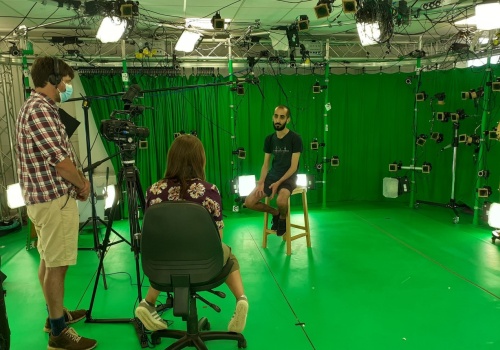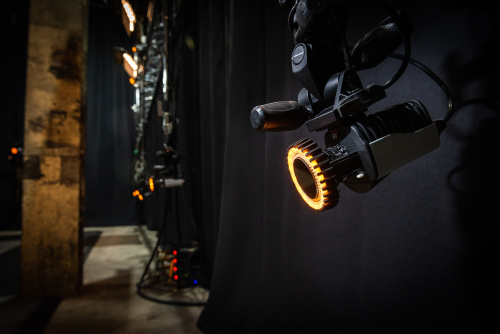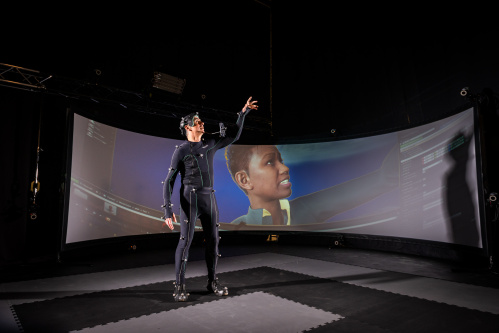Introducing Ben Pimenta
News

CAMERA is thrilled to be welcoming 4 new PhD researchers to our team this autumn. Ben Pimenta is joining us to work with Co-Investigator Elena Seminati in the Department for Health.
We asked Ben to tell us a little about himself and his PhD.
“I graduated from Bath with an MEng in Integrated Mechanical and Electrical Engineering before working for two years at an advanced lower-limb prosthetic technology manufacturer. There, the importance of gait analysis during patient testing became apparent, and my research interests became focussed on tools to gather useful data on amputees outside of laboratory settings during activities of daily living.
Previous collaboration between the university and my former company presented a potential example: a highly instrumented powered prosthetic ankle prototype tested in the state-of-the-art Applied Biomechanics Suite. Data gathered from the on-board sensors may provide insights that align with conventional lab-based methods: enabling tools for more rapid acquisition of data across a greater range of amputees and in more natural environments.
I have now returned to Bath to research under the supervision of the likeminded team that completed the biomechanical analysis of this device. The project aligns with CAMERA’s Digital Health and Assistive Technology theme – exploiting motion analysis technology in order to advance rehabilitation tools.”
Research outline
Rates of lower limb amputation are rising. Monitoring amputee gait is important for determining K level (functional activity) and prescribing assistive devices; assessing prescribed devices; and ongoing patient health given comorbidity susceptibility from reduced mobility. Typically, analyses occur in specialised clinics or gait laboratories, which limits representation of activities of daily life (ADLs) due to the controlled environment. Establishing and evaluating long-term effects across a range of amputees requires testing outside laboratories during ADLs, as highlighted on multiple occasions in the literature. However, to date most wearable monitoring technologies applied to amputees have provided datasets focussed on measures such as step count or high-level activity identification.
This PhD looks to extrapolate use of on-board prosthetic data for amputee gait monitoring towards a dedicated set of sensors specifically selected to enable an almost ‘digital twin’ model of an amputee-prosthetic system. An independent module will be designed to bespoke biomechanical monitoring and user-centred requirements, consisting of a wearable sensor suite which will be validated against the existing state of the art. The module could be integrated into any device cosmesis (cosmetic cover) on the prosthetic side, and insoles or instrumented clothing on the sound side: serving as a single expenditure to facilitate rapid acquisition of datasets and comparisons between multiple patients/devices using a consistent methodology.









